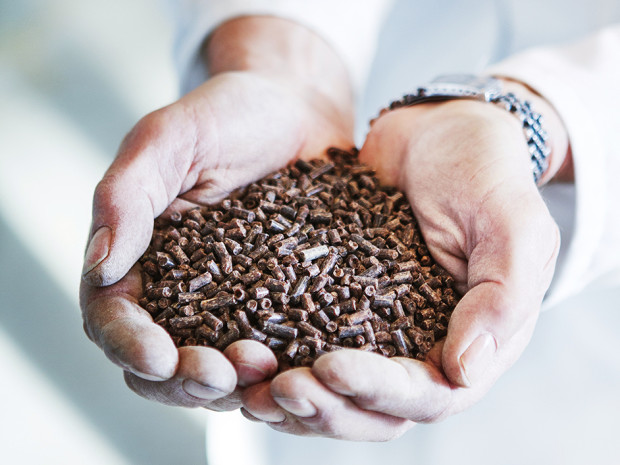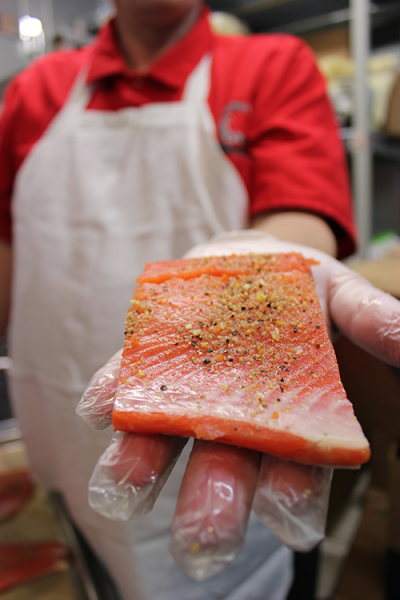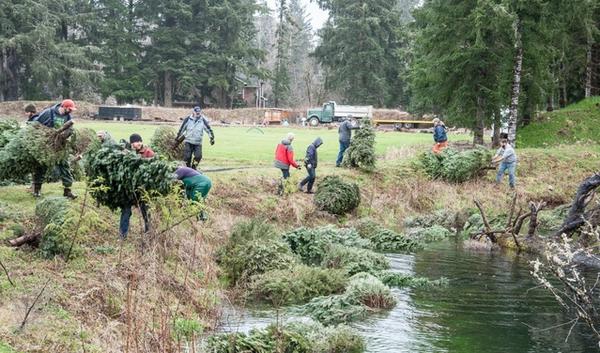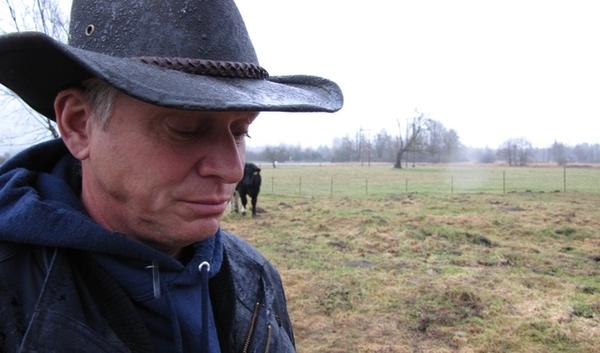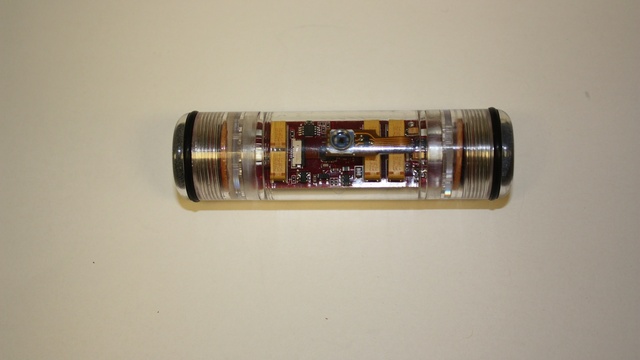By Courtney Flatt, NPR
Tracking salmon as they move past Columbia River dams just got a little easier. Scientists are using a new tag so small that researchers can inject it with a syringe into the fishes’ bellies.
Researchers at Pacific Northwest National Laboratory and the Army Corps of Engineers have been working with tags since 2001. This newest version is the smallest yet, about the size of two grains of rice. The older tags are three times heavier.
The tags track how salmon travel through dams. Researchers hopes that the information they collect can help make dams more fish friendly.
“It really opens the door for letting us understand what these fish are doing and when so that we can make good, sound decisions,” said Brad Eppard, a fishery biologist with the Corps.
Daniel Deng, a scientist a Pacific Northwest National Laboratory, said the new batteries for the tags really helped decrease the overall size.
Each battery is assembled by hand under a microscope. The batteries can now last from the Lower Granite to Bonneville dams — a 300-mile journey that typically takes a salmon two to three weeks to complete.
Before, researchers had to send out several groups of tagged fish to get that much information.
The tags emit high-frequency beeps every three seconds. At 417 kilohertz, the beeps are at such a high frequency that they can’t be heard by humans, marine mammals, or fish. The frequency travels through the water to multiple receivers that allow researchers to see in 3-D the salmon’s location in the river.
Researchers can see how many fish go over dams’ spillways, pass through turbines, and bypass routes.
“This way we can have a better understanding of each passage route, so we can optimize dam operations to guide the fish through different routes,” Deng said.
These new tags are called active tags, which can provide more data than passive tags, also known as pit tags. Deng said the active tags can cover more area at dam sites. He said they help show where fish are injured at dams and how those injuries occur.
In 2013, researchers tested the 700 tags out on juvenile salmon migrating down the Snake River. Dang said initial tests have showed more fish survive with the injectable tags than with the older tags that required a two-minute surgery on the fish.
The Army Corps of Engineers said it would like to start using the tags next year. Researchers are working to design smaller tags that can be used in juvenile lamprey.


